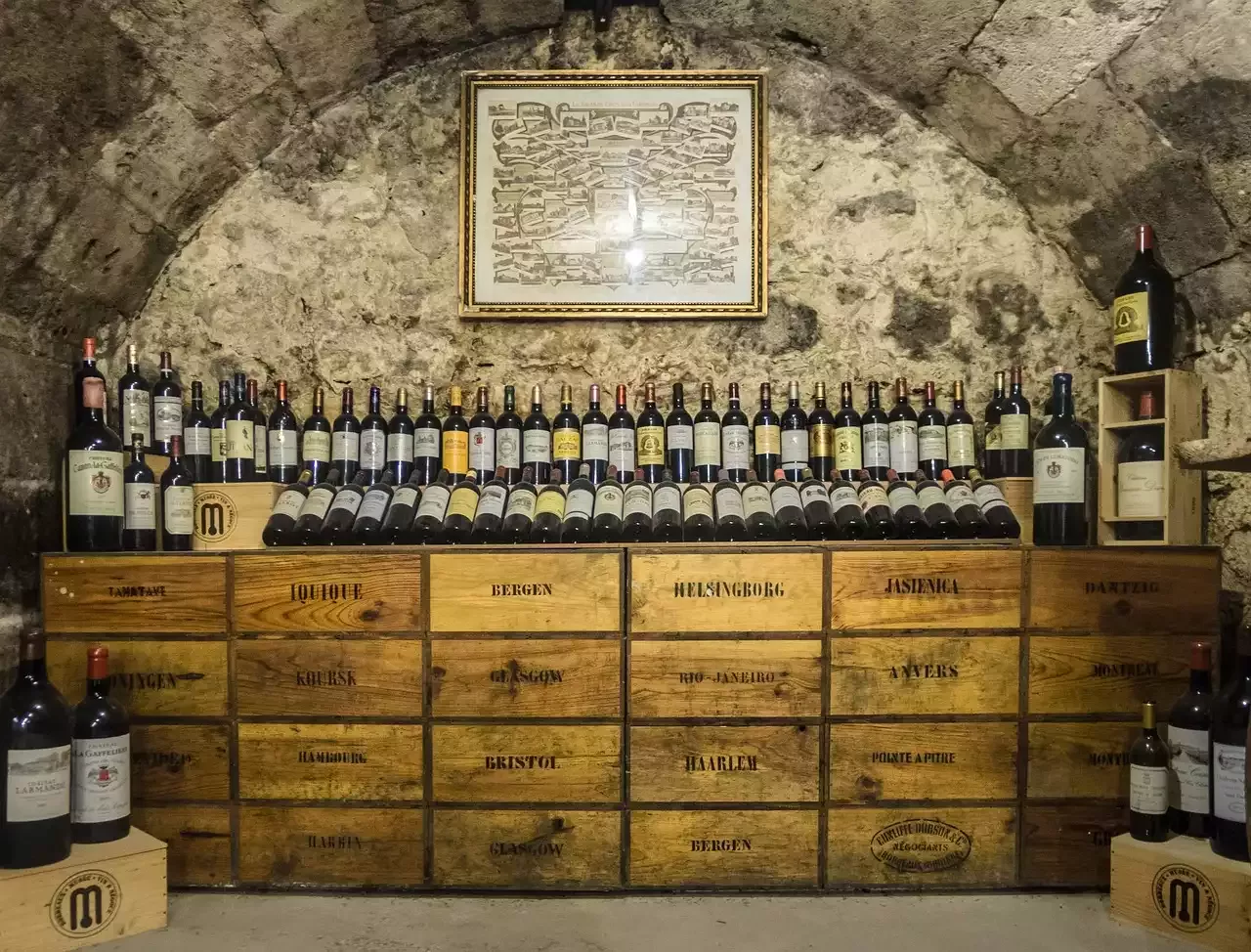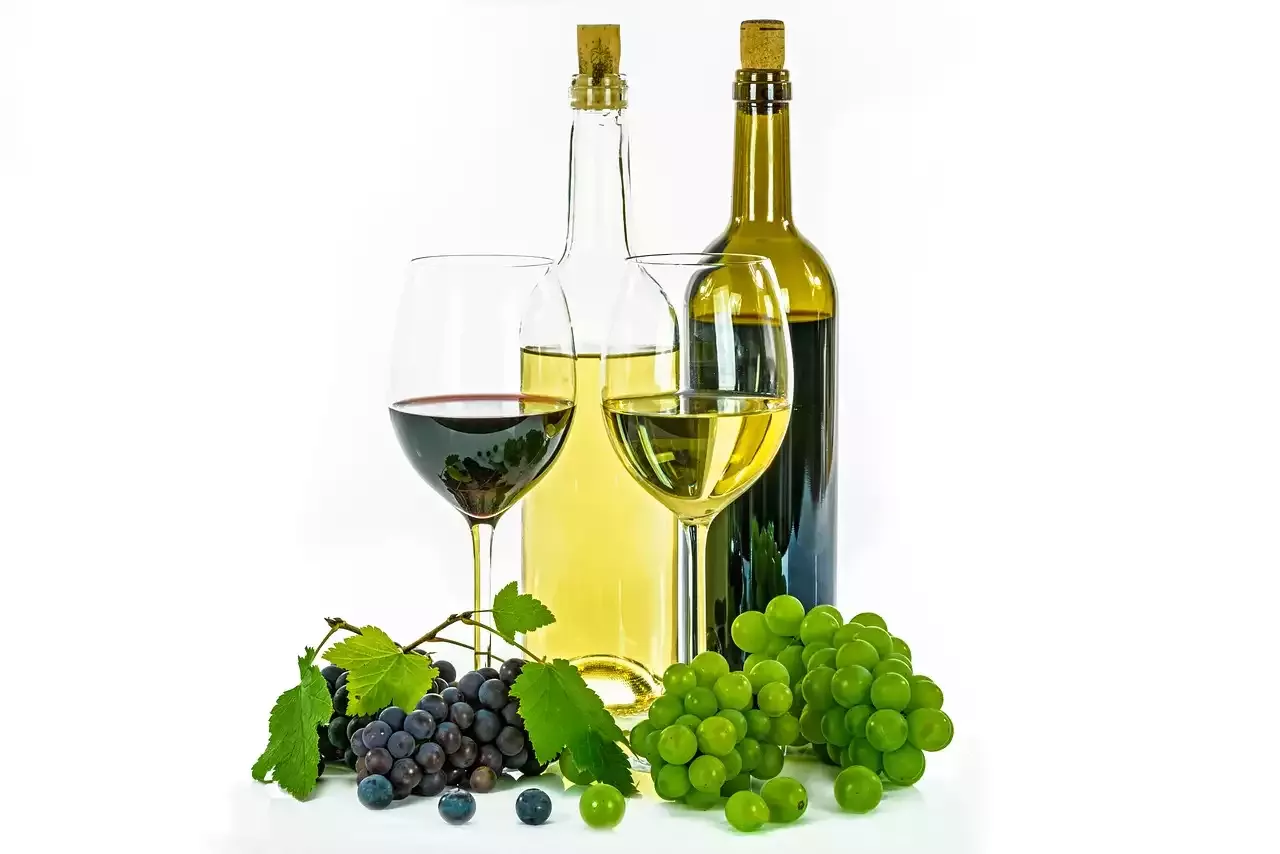The Art of Wine Tasting
Before we dive into the secrets of French wine, let's first explore the art of wine tasting. Tasting wine is not just about drinking it; it's about using all your senses to appreciate the complexities of the wine. Here's a step-by-step guide to tasting wine like a pro:
First, observe the wine's appearance. Hold the glass up to the light and note the wine's color, clarity, and viscosity. The color can reveal the wine's age and grape variety, while the viscosity can indicate the wine's alcohol content and body.
Next, swirl the wine in the glass to release its aromas. Smell the wine and note the different aromas, such as fruit, flowers, spices, or oak. The aromas can give you clues about the wine's origin, grape variety, and aging process.
Take a sip of the wine and let it linger in your mouth. Note the flavors, such as fruit, earth, or wood. The flavors can reveal the wine's complexity, balance, and finish.
Finally, evaluate the wine's structure and finish. The structure refers to the wine's acidity, tannins, and body, while the finish is the aftertaste that lingers in your mouth. The structure and finish can give you insights into the wine's aging potential and food pairing.
Now that you know how to taste wine like a pro let's dive into the secrets of French wine.
The Secrets of French Wine Labels
One of the most confusing aspects of French wine is the labeling system. Unlike New World wine, which often lists the grape variety on the label, French wine labels focus on the region and the winemaking process. Here's a breakdown of the information you can find on a French wine label:
- Appellation d'Origine Contrôlée (AOC): This is the French certification system that guarantees the wine's origin, grape variety, and winemaking process. AOC wines must comply with strict regulations, such as the permitted grape varieties, yield limits, and aging requirements. AOC wines are often considered the top-quality wines of France.
- Region: French wine labels often indicate the region where the wine was produced, such as Bordeaux, Burgundy, or Champagne. Each region has its own winemaking traditions, grape varieties, and terroir, which can greatly influence the wine's style and quality.
- Vintage: The vintage is the year when the grapes were harvested. French wine labels often indicate the vintage, which can be an important factor in determining the wine's aging potential and value.
- Producer: The producer is the winery or vineyard that produced the wine. Some French wine labels also include the name of the winemaker, which can give you insights into the wine's style and philosophy.
- Grape variety: Although not as common as in New World wine, some French wine labels list the grape variety or blend. For example, a Bordeaux wine may be a blend of Cabernet Sauvignon, Merlot, and Cabernet Franc.
Now that you know what to look for on a French wine label, let's explore the significance of each element.
Terroir: The Soul of French Wine
Terroir is a French term that refers to the unique combination of soil, climate, topography, and human factors that influence the grape's growth and the wine's flavor. French winemakers believe that terroir is the soul of wine and that it can greatly influence the wine's character and quality.
Each French wine region has its own terroir, which can be expressed in the wine's aroma, flavor, and structure. For example, the limestone soil of Champagne can give the wine a mineral character, while the clay and gravel soil of Bordeaux can provide the wine with tannic structure and black fruit flavors.
By understanding the terroir of a French wine, you can appreciate the wine's complexity and sense of place. You can also learn to pair the wine with the appropriate food, as the wine's acidity, tannins, and flavors can complement or contrast with the dish.
Grape Varieties: The Building Blocks of French Wine
French winemakers use a variety of grape varieties to create their wines, each with its own characteristics and flavors. Here are some of the most common grape varieties used in French wine:
- Cabernet Sauvignon: This is a red grape variety that is widely used in Bordeaux and produces wines with blackcurrant, cassis, and cedar flavors.
- Merlot: This is a red grape variety that is also common in Bordeaux and produces wines with soft tannins and red fruit flavors.
- Pinot Noir: This is a red grape variety that is widely used in Burgundy and produces wines with cherry, raspberry, and earthy flavors.
- Chardonnay: This is a white grape variety that is widely used in Burgundy and Champagne and produces wines with apple, pear, and vanilla flavors.
- Sauvignon Blanc: This is a white grape variety that is widely used in the Loire Valley and produces wines with citrus, herb, and mineral flavors.
By knowing the grape varieties used in French wine, you can appreciate the wine's flavor profile and compare it to other wines made from the same grape variety.
Aging: The Art of Patience
French wine is often aged before it is released to the market, allowing the wine to develop its flavors, structure, and complexity. The aging process can greatly influence the wine's style and quality, and it is often indicated on the label. Here are some of the most common aging terms you may find on a French wine label:
- Vieilles Vignes: This means "old vines" and indicates that the wine was made from grapes from old, mature vines. Old vines can produce lower yields but higher-quality grapes, resulting in more complex and concentrated wines.
- Cuvée: This term refers to a blend of wines from different barrels, tanks, or grape varieties. A cuvée can be a winemaker's signature blend and can indicate a higher quality or more complex wine.
- Millésime: This term refers to the vintage year of the wine. Some French wines are only made in exceptional years and are labeled as Millésime.
- Grand Cru: This term refers to the highest-quality vineyards in a region. A Grand Cru wine is made from grapes grown in the best vineyards and is often aged longer than other wines.
By knowing the aging terms used in French wine, you can appreciate the wine's structure, complexity, and aging potential. You can also learn to age the wine properly and enjoy it at its peak.
Conclusion
French wine is a fascinating and complex world, filled with secrets and mysteries. By understanding the codes and labels on the bottle, you can unlock the secrets of French wine and appreciate it on a whole new level. From the terroir to the grape varieties, and from the aging process to the tasting notes, each element of French wine can reveal a unique story and sense of place. So, the next time you uncork a bottle of French wine, remember to savor each sip and let the secrets of the bottle unfold before your very eyes.

